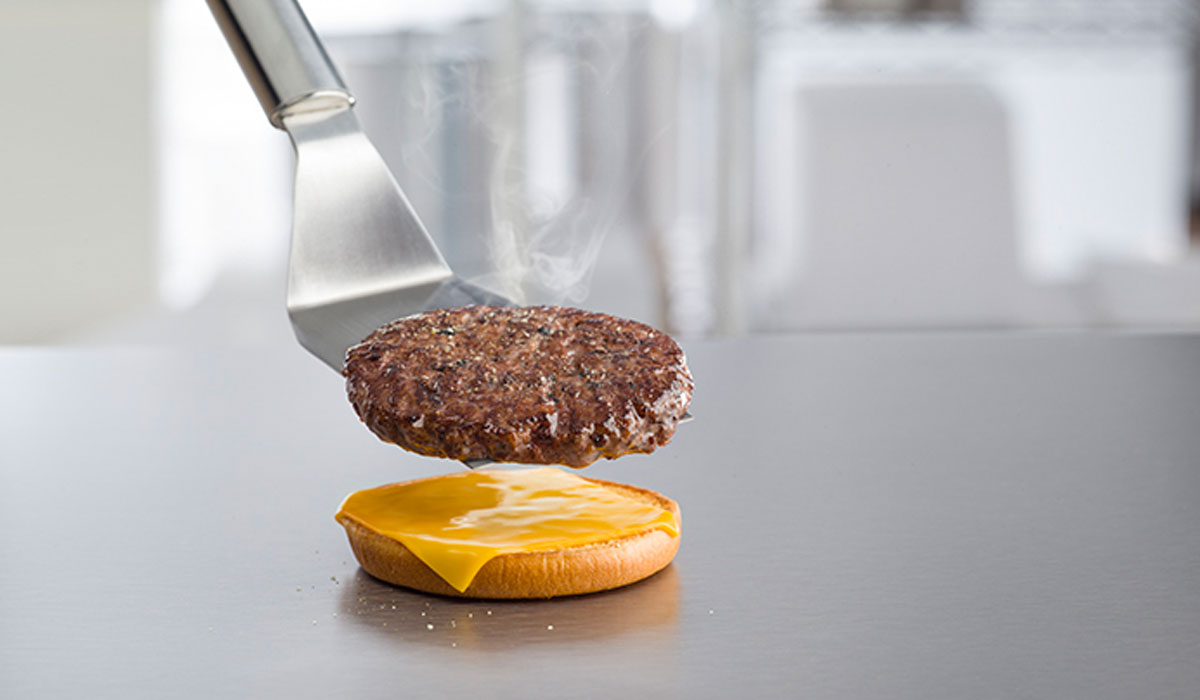Traditional restaurants have suffered tremendously during COVID-19. The quick-service segment, however, has managed to survive and, in some cases, thrive during the pandemic.
Menu changes, drive-thru options, delivery and other innovations have allowed some quick-service restaurant chains to increase same-store sales. Chick-fil-A, McDonald’s, KFC, Popeyes and Taco Bell were among the better performers of 2020. These results came despite a roughly 40 percent decline in foot traffic last year, according to Gravy Analytics.
Pent-up demand for normalcy
Questions being asked by all retailers, including quick-serves, include: when will “normal” return and what does that look like? We don’t fully understand yet, but vaccines are a big part of the answer.
The Center for Disease Control reports that roughly 20 million Americans have been vaccinated to date. There are various predictions about whether something that looks more like normal will happen by summer or early fall, or a year from now. To some degree, it depends on the ongoing efficiency of the vaccine rollouts.
Multiple surveys over the past six months have asked consumers whether they intend to return to stores after being vaccinated. A simple majority say “yes.” The remainder express a more cautious, wait-and-see approach. But there’s plenty of anecdotal evidence of pent-up demand for a return to pre-pandemic normalcy, so actual behavior could be more favorable for retailers.
Health, safety and vaccinations
What about employee vaccinations; will promoting them lure reluctant customers back? Quick-service restaurant loyalists who’ve been coming throughout COVID obviously don’t need vaccine messaging to motivate another burger run. But the cautious may be more inclined to visit a chain that makes a bigger deal about health and safety, including employee vaccinations.
McDonald’s ran a digital campaign around the many things it’s doing to promote customer health and safety, including employee wellness. It speaks about masks, social distancing, restaurant cleanliness, contactless payments, food delivery and other initiatives.
So far there’s no mention of employee vaccinations. Once we reach higher vaccination levels I expect that will make it into the collateral and maybe even ad copy. Customer vaccinations are also critical to how comfortable people feel resuming pre-pandemic activities. Some see the vaccine as a kind of “get out of jail free” card.
Because McDonald’s “Safety+” campaign is essentially about the brand and not a new menu item or deal, isolating its direct impact on visits and sales is somewhat more challenging. It could, however, give existing and lapsed customers more confidence to eat at McDonald’s and boost it over rivals less vocal and seemingly less diligent about health and safety.
Corporate rhetoric and local reality must match
It’s very important for chains like McDonald’s, that market COVID safety measures, to ensure that the “facts on the ground” match the companies’ online promises. Otherwise, they may find themselves with embarrassing, viral social media posts and reviews that point out the contrast between the corporate rhetoric and local reality.
A significant number of consumers are looking at Google and Yelp reviews for clues about business health and safety practices, including at local stores of national chains. And while the occasional safety breach isn’t going to damage a major national quick-service restaurant brand, aligning national messaging and local experience matters.
Everything being communicated at the national level needs to be mirrored and adapted to the local level on Google, Facebook, Yelp and beyond (e.g., Instagram, Nextdoor). Each site offers various tools to communicate with local customers. In fact, most digital interactions with national brands are happening through local searches and on local social pages—not at the national level.
Engage with local customers online
People are generally not going to visit McDonalds.com, for example, to look for information or where to eat. They’re searching for a near-me McDonalds or engaging with a local McDonald’s page on Facebook.
During COVID, Google, Yelp and Facebook released an array of tools for businesses to update and communicate with local consumers. While some of these tools and fields are difficult to manage at scale for chains, most of them can be populated using APIs.
It’s incumbent upon brands to claim and monitor local business profiles on these sites. A 2019 study by Places Scout found, for example, that the average Google My Business profile had 73 reviews but only 19 percent of those profiles had review responses. While response rates might be somewhat higher today, it points to the national-local disconnect that exists for many brands.
Whether team member vaccinations specifically can be marketed, and whether that might increase foot traffic, remains to be seen. But the more distributed the vaccines, the more likely people will feel safe going back to past routines—good news for restaurants—even though COVID has fundamentally changed the industry and, in some sense, we can never go back.
Greg Sterling is the VP of Market Insights for Uberall. He is a recognized expert on a range of digital marketing topics. Previously, Sterling was a contributing editor for Search Engine Land and VP of Strategy for LSA (now Localogy). Before that he held various analyst and executive positions at Opus Research, The Kelsey Group, Allbusiness.com and TechTV. Sterling is also a former attorney.






